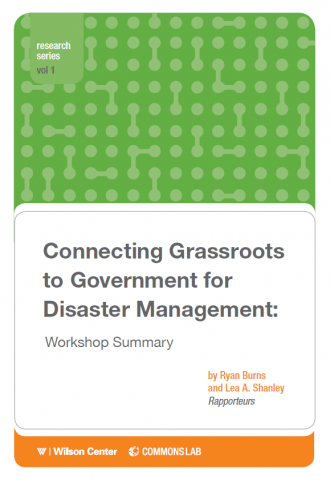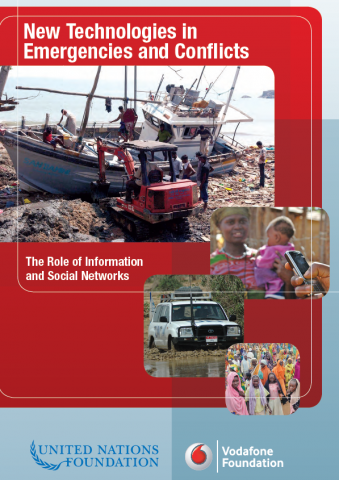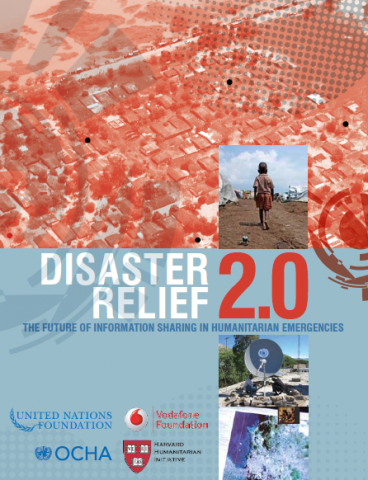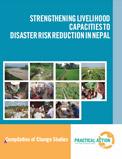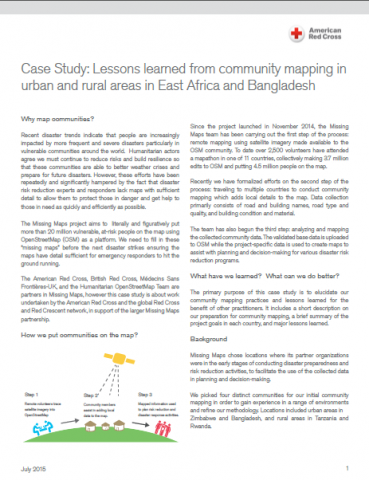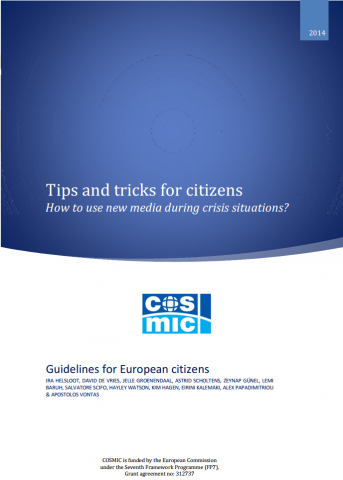ICCM 2012: Josh Campbell, Imagery to the Crowd
Josh Campbell from the Humanitarian Information Unit at the US Department of State, discusses building a framework to support sharing high-resolution satellite imagery with the volunteer technical community, for improved disaster response and development projects. Crowdsourcing enables the humanitarian response community to have access to road maps being rapidly improved with updated, detailed information, demonstrated […]
ICCM 2012: Josh Campbell, Imagery to the Crowd Read More »

